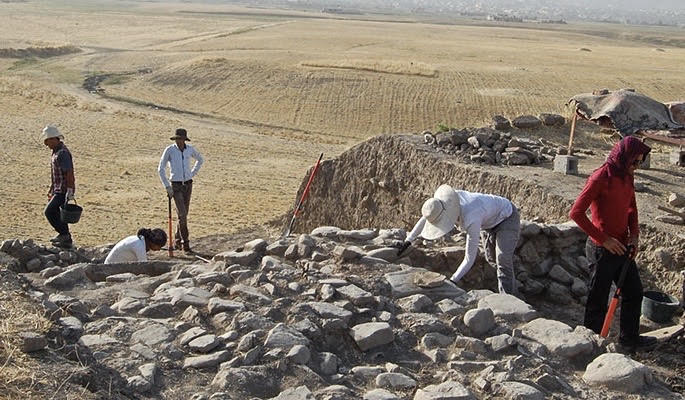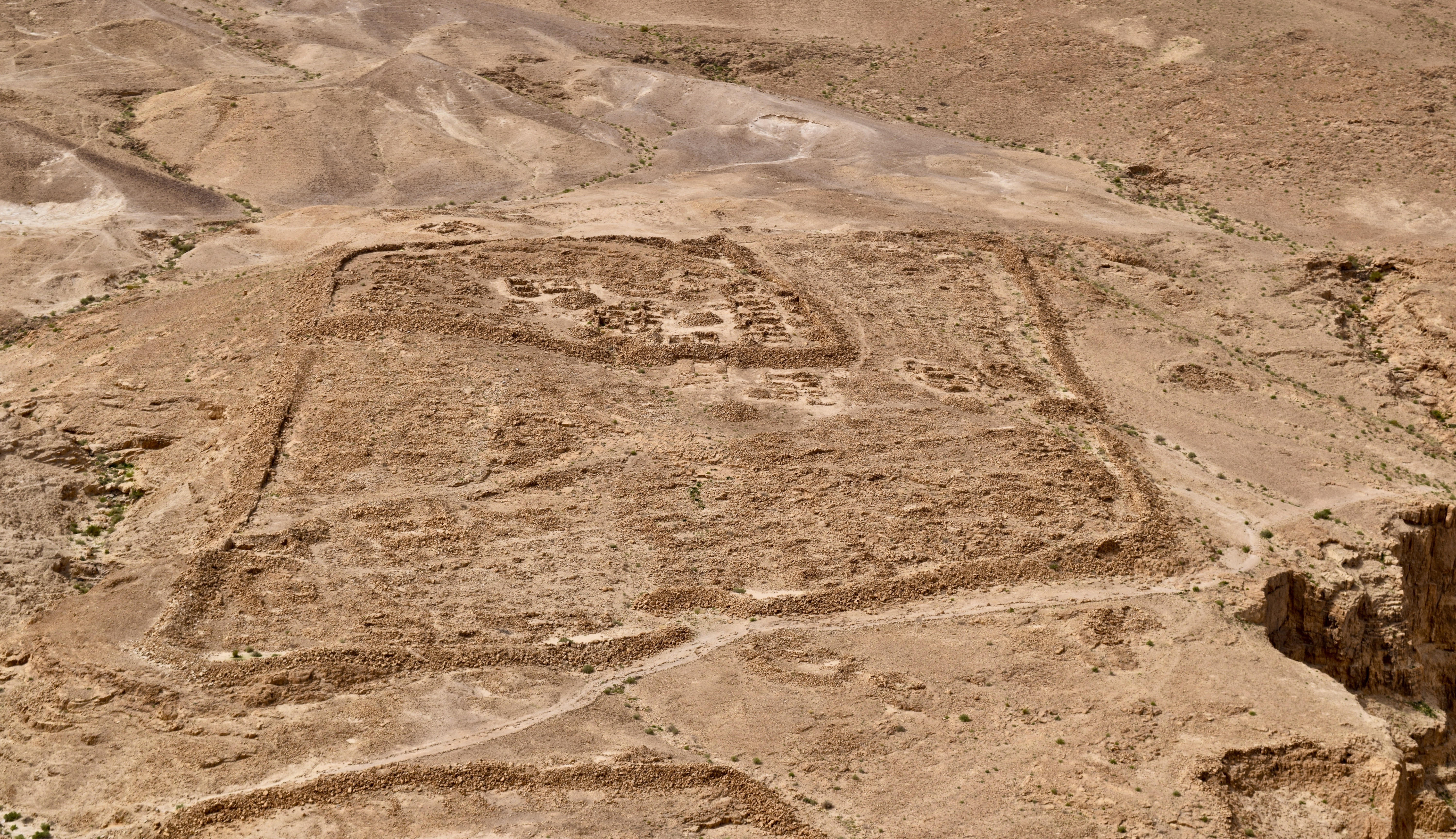
When the First [Jewish] Revolt erupted in 66 [AD], bands of Jewish rebels took over some of Herod the Great’s fortified palaces, which had been occupied and maintained by garrisons since the king’s death seventy years earlier. Three were still in Jewish hands after the revolt officially ended in 70: Herodium (near Bethlehem), Machaerus (to the east of the Dead Sea), and Masada. The Roman legate (governor) of the newly established province of Judea, Lucilius Bassus, set out to subdue these last holdouts. Limited information from Josephus and archaeological evidence suggest that Herodium was taken quickly. The rebels at Machaerus capitulated before the Romans commenced their assault, although Josephus describes skirmishes between the two sides. The Roman circumvallation (siege) wall and ten or eleven siege camps are still visible surrounding the base of Machaerus, as is a massive stone assault ramp that was never completed.
In 72 or 73, the Roman troops arrived at the foot of Masada, the last fortress held by Jewish rebels. In the meantime, Bassus had died and was replaced as legate by Flavius Silva:
In Judea, meanwhile, Bassus had died and been succeeded in the governorship by Flavius Silva, who, seeing the whole country now subjugated by the Roman arms, with the exception of one fortress still in revolt, concentrated all forces in the district and marched against it. This fortress was called Masada. (Josephus, War 7.252)
Silva was a native of Urbs Salvia in Italy, where two inscriptions have been discovered recording his dedication of an amphitheater in 81 or later, after he finished his term as legate of Judea.
The Roman campaign to Masada took place in the winter-spring of 72–73 or 73–74. Although today many visitors are under the impression that the fortress held out against the Romans for three years (after 70), the siege lasted no longer than six months and almost certainly was much shorter—perhaps as little as seven weeks from beginning to end.
The Roman Army
The Roman army was so effective because its soldiers were highly trained career professionals—mostly legionaries and auxiliaries—who enlisted for a lifetime of service. Legionaries were drafted from among Roman citizens and served primarily as heavy infantry. At the time of the siege of Masada, there were approximately thirty legions in the Roman army, each consisting of about five thousand soldiers. Auxiliaries were conscripted from among non-Roman citizens, who were awarded citizenship at the end of their term of service. Auxiliaries usually operated as light infantry, cavalry, and archers, that is, the more mobile troops who protected the flanks of the heavy infantry in battle. Auxiliary units were organized into regiments numbering five hundred or a thousand soldiers each.
Approximately eight thousand Roman troops participated in the siege of Masada: the Tenth Legion (Legio X Fretensis) and a number of auxiliary cohorts. The Tenth Legion, now under Silva’s command, had participated previously in the sieges at Gamla (or Gamala) (in the Golan), Jerusalem, and Machaerus. After the fall of Masada, the Tenth Legion was stationed in Jerusalem until circa 300, when the emperor Diocletian transferred it to Aila (modern Aqaba) on the Red Sea. Servants and slaves (including Jews), pack animals, and vendors accompanied the Roman troops at the siege of Masada.
The Roman Siege Camps
When the Romans arrived at the foot of Masada, they constructed a stone wall, 10–12 feet (ca. 3 meters) high and approximately 4,000 yards (4,500 meters) long, which completely encircled the base of the mountain. This circumvallation wall sealed off the fortress, preventing the besieged from escaping and making it impossible for others to join them. Gwyn Davies emphasizes “the clear symbolic message conveyed” by the construction of the siege works, both to the rebels holding out atop Masada and other peoples under Roman rule. Guards posted at towers along the wall kept watch to ensure that no one scaled it. In addition to the circumvallation wall, the Romans established eight camps to house their troops, which archaeologists have labeled with the letters A–H. The camps surround the base of the mountain, guarding potential routes of escape. Josephus’s description of the circumvallation wall and siege camps accords well with the archaeological remains:
The Roman general advanced at the head of his forces against Eleazar and his band of Sicarii who held Masada, and promptly making himself master of the whole district, established garrisons at the most suitable points, threw up a wall all round the fortress, to make it difficult for any of the besieged to escape, and posted sentinels to guard it. (War 7.275)
The sequence of camps begins with A at the foot of the Snake Path and proceeds counterclockwise: Camps A–C on the eastern side of the mountain; D at the northern tip; E–F on the northwest side; G to the southwest; and H perched atop Mount Eleazar to the south of Masada. The camps are connected by the circumvallation wall and by a path called the “runner’s path” which can still be hiked today. In an era before field telephones and walkie-talkies, the runner’s path was the line of communication, used by runners who carried Silva’s orders from camp to camp. The 1981 film Gallipoli directed by Peter Weir featured a young Mel Gibson in the role of an Australian runner in that famous World War I battle.
The layout of the siege camps at Masada reflects the efficient and standardized operating procedure of the Roman army. All of the camps are square or roughly square in shape, with the sides oriented to the four cardinal points. In the middle of each wall is a gate that led to two main roads running north-south and east-west, which intersected in the center of the camp. The units within each camp were laid out around these roads, with the most important units (such as the commander’s living quarters and the camp headquarters) in the center and other units farther away. Camp B on the east and Camp F on the northwest are conspicuously larger than the others, as they housed the legionary troops, while the other camps were occupied by auxiliary soldiers. Camp B served as the distribution point for supplies transported by boats from areas surrounding the Dead Sea, which were offloaded at a dock on the shore to the east of Masada. Camp F was positioned so Silva could oversee the construction of the assault ramp, as Josephus describes: “He himself [Silva] encamped at a spot which he selected as most convenient for siege operations, where the rocks of the fortress abutted on the adjacent mountain, although ill situated for commissariat purposes” (War 7.277).
A square walled area in the southwest corner of Camp F, called F2, postdates the fall of Masada. Camp F2 housed a small garrison that remained for a short period after the siege ended, until they ensured the area was completely subdued.
_________________________
The 1995 Excavations in Camp F
Although Yigael Yadin was a specialist in ancient warfare and served as chief of staff of the IDF [Israel Defense Forces], his excavations focused on the remains on Masada’s summit and largely ignored the Roman siege works. These remained virtually untouched until summer 1995, when I co-directed excavations in the siege works with three Israeli colleagues: Professor Gideon Foerster (at the Hebrew University of Jerusalem); Professor Haim Goldfus (now at Ben-Gurion University); and Mr. Benny Arubas (at the Hebrew University). We focused on Camp F as it is the better-preserved of the two legionary camps. Our excavations provide valuable information about Roman siege warfare in general and the fall of Masada in particular. The remains at Masada are arguably the best-preserved example of siege works anywhere in the Roman world, for two reasons: (1) they are constructed of stone, whereas in other parts of the Roman world siege works often were made of perishable materials such as wood and sod; and (2) because of their remote desert location, the Masada siege works have never been destroyed or built over. The circumvallation wall and camps are clearly visible today, evidenced by heaps of stones that can be seen from the top of the mountain. Although the camps appear barren and sterile, our excavations revealed that the units within them are filled with broken pottery and other artifacts.
The circumvallation wall and the walls of the camps are constructed of dry field stones, that is, unhewn stones collected from the rocky surface of the ground, with no mud or mortar binding. The outer walls of each camp originally stood to a height of 10–12 feet (ca. 3 meters), while the walls of the units inside the camps were about 3–4 feet high (ca. 1 meter). The latter were not actually walls; rather, they were bases or foundations for leather tents, which the Roman army pitched while on campaign in the field. We excavated several units inside Camp F, which consist of one or more rooms, with the interiors usually encircled by a low bench of dirt and stones. The benches were used both for sleeping and as dining couches. The praetorium—the living quarters of the commander, Silva—is located in the center of Camp F, by the intersection of the two main roads. Although most of the stones of the praetorium were removed for use in the construction of Camp F2, the discovery of luxury goods including imported glass vessels from Italy and eggshell-thin painted Nabataean pottery bowls confirm that this was indeed the commander’s living quarters. My personal favorite is a stump-based amphoriskos—a table jar—painted with ivy leaves, from which I like to imagine Silva’s servant poured his wine.
Next to the praetorium is a stone platform, which was a tribunal from which Silva could review and address his troops, who mustered in the open space around it. Nearby is a rectangular pi-shaped structure, oriented so that its narrow end opens toward Masada. This structure was stripped to the foundations when the wall of Camp F2 was constructed over it. Nevertheless, the plan and location indicate that it was a triclinium—the officers’ mess. Triclinium in Greek means “three couches,” referring to the arrangement of dining couches around three sides of a formal dining room. As the officers in this triclinium dined, they gazed out at the mountain of Masada.
Just inside the wall of Camp F2 and partly covered by it is the principia—the camp headquarters. Although the principia yielded almost no finds, it was the only unit we excavated with plastered walls and floors. Nearby and also within the walls of F2, we excavated a row of identical one-room units called contubernia. A contubernium was the smallest subdivision of a legion, consisting of eight enlisted men who marched and camped together on campaign. Each of these one-roomed units housed a group of eight men—a contubernium. The interior of the room was lined with a rough stone-and-dirt bench used for sleeping and dining. The contubernia are small because the men ate and slept in shifts, similar to living quarters in a modern submarine. In front of each room is a small open porch or courtyard enclosed by a wall, with a small hearth in the corner where the men prepared their food. Roman soldiers were equipped with mess kits which they used on campaign, as depicted on Trajan’s Column in Rome, where soldiers are setting out with their mess kits dangling from a pole slung over one shoulder.
The floors of the units we excavated in Camp F were covered with layers of broken pottery, mostly from storage jars. The rarity of cooking pots and dining dishes such as bowls and cups apparently is due to the use of mess kits by the enlisted men, whereas Silva and his officers were provided with fine ceramic and glass tableware. The storage jars, which have a bulky, bag-shaped body, are characteristic of Judea in the first century CE and presumably were produced for the Roman army by Jewish potters. The siege of Masada was a logistical challenge for the Romans due to the scarcity of food and water in the immediate vicinity. They had to import enough supplies every day to provision approximately eight thousand soldiers as well as pack animals, servants, and slaves. Food and water were hauled from great distances over land on pack animals or shipped on boats from points around the Dead Sea. Josephus describes the provisioning of the Roman troops at Masada: “For not only were supplies conveyed from a distance, entailing hard labor for the Jews told off for this duty, but even water had to be brought into the camp, there being no spring in the neighborhood” (War 7.278).
As Josephus indicates, Jewish slaves hauled the food and water. The supplies were transported in baskets and animal skins, which are lighter, easier to carry, and less susceptible to breakage than ceramic jars. Upon arrival at Masada, the contents of these containers were emptied into ceramic jars for storage. After the siege ended, the storage jars were emptied and left behind.
__________________________
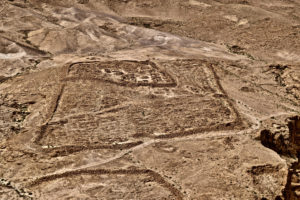
Roman siege camp F, showing the remains of the later camp F2 in the upper left corner inside the main camp.
__________________________
Roman Military Equipment
Not surprisingly, we found few remains of military equipment in our excavations in Camp F, as the soldiers took their weapons with them when the siege ended. However, in and around the tent units were piles of large, egg-shaped pebbles, which had been collected from wadis (river beds/washes) in the vicinity. They were used as slingshot stones and were left behind because they had no inherent value. In contrast to Camp F, Yadin’s excavations atop Masada yielded a large and diverse quantity of military equipment, which I co-published with Guy Stiebel. Yadin’s finds included hundreds of iron arrowheads, nearly all of which represent the standard Roman Imperial type: a head with three barbed wingtips to stick into the flesh, and a long tang that was inserted into a wooden or reed shaft. The arrows were fired in volleys by archers. Three bone ear laths from Yadin’s excavations come from the reinforced ends of composite bows. Yadin also discovered hundreds of small bronze scales, most of which are narrow and elongated, and have four holes at the top and a raised rib down the center. Originally the scales were sewn onto a cloth or leather backing so that they overlapped. In the first century CE, scale armor was typically worn by auxiliaries. One large group of scales was colored red, gold, and perhaps silver, and apparently belonged to a suit of parade armor.
Legionary soldiers wore segmented armor (lorica segmentata), which consisted of overlapping iron strips, a few fragments of which were found in Yadin’s excavations. The armor covered only the upper part of the body and was worn over a short tunic that stopped just above the knees. On their heads, legionaries wore a bronze helmet with large cheek-pieces attached to the sides; we discovered one such cheek-piece in Camp F. The typical footgear worn by Roman soldiers consisted of heavy hobnailed leather sandals called caligae, examples of which were preserved at Masada thanks to the arid desert atmosphere. The emperor Gaius was nicknamed Caligula—“little boots”—after the hobnailed sandals worn by the soldiers who he befriended as a child. The lower part of a legionary’s body was left unprotected by armor to allow for mobility.
Around their waists, legionaries wore a leather belt to which several items were attached. An apron consisting of narrow strips of leather with bronze studs dangled from the front of the belt, which protected the soldier’s genitals (as nothing was worn under a tunic) and made a clanking noise intended to frighten the enemy in battle. A leather sheath holding a dagger was attached to the right side of the belt, and on the left side was a leather sheath with a gladius—the double-edged sword used by legionaries. The tip of the sword sheath was reinforced with a bronze casing called a scabbard chape. Yadin found a complete scabbard chape with delicate cut-out designs, through which the dark leather sheath would have been visible. This scabbard chape, which must have belonged to a legionary officer, has parallels in Italy dating to the mid-first century CE. In the left hand, legionaries held a large rectangular shield to protect the unarmored lower part of the body. In the right hand, they carried a tall, skinny javelin called a pilum, which was the characteristic offensive weapon of legionaries. In battle, the pilum was thrust or thrown to pin the opponent, who was then killed with the sword in hand-to-hand combat.
The Assault Ramp
The Romans undertook the siege of Masada by constructing their camps and the circumvallation wall, thereby sealing off and isolating the mountain. In some sieges, no additional measures were required to starve an enemy into surrender. This was not the case at Masada, where the besieged were provisioned with large quantities of food and water stored in Herod’s palaces, whereas the Roman forces had to import supplies from long distances. Therefore, at Masada the Romans sought to bring the siege to a swift resolution. To accomplish this, they had to move their troops and siege machinery up the steep, rocky slopes of the mountain and break through Herod’s fortification wall at the top. There were two paths to the top of Masada: the Snake Path on the east and another path on the west (today buried under the Roman ramp). Using these paths would have required the soldiers to climb up in single file while carrying their personal equipment as well as the battering ram, which had to be erected at the top to break through the Herodian casemate wall—all the while leaving the soldiers vulnerable to stones, boulders, and other projectiles thrown or fired by the defenders above. To solve this problem, Silva ordered his men to construct an assault ramp of dirt and stones, which ascended to the summit from a low white hill (called the Leuke by Josephus) at the foot of the western side of the mountain:
The Roman general, having now completed his wall surrounding the whole exterior of the place, as we have already related, and taken the strictest precautions that none should escape, applied himself to the siege. He had discovered only one spot capable of supporting earthworks. For in rear of the tower which barred the road leading from the west to the palace and the ridge, was a projection of rock, of considerable breadth and jutting far out, but still three hundred cubits [1 cubit = ca. 1.5 feet or 0.5 meters] below the elevation of Masada; it was called Leuce. Silva, having accordingly ascended and occupied this eminence, ordered his troops to throw up an embankment. (Josephus, War 7.304–5)
Once completed, the ramp provided a gentle slope that the soldiers could ascend easily with several men across. At the top of the ramp, they erected a stone platform for the battering ram:
Working with a will and a multitude of hands, they raised a solid bank to the height of two hundred cubits. This, however, being still considered of insufficient stability and extent as an emplacement for the engines, on top of it was constructed a platform of great stones fitted closely together, fifty cubits broad and as many high. (Josephus, War 7.306–7)
During the siege operation, auxiliary troops provided cover fire with a barrage of arrows and ballista stones—large, round stones shot from torsion machines:
The engines in general were similarly constructed to those first devised by Vespasian and afterwards by Titus for their siege operations; in addition a sixty-cubit tower was constructed entirely cased in iron, from which the Romans by volleys of missiles from numerous quick-firers and ballistae quickly beat off the defenders on the ramparts and prevented them from showing themselves. (Josephus, War 7.308–9)
Yadin found iron arrowheads and ballista stones surrounding the area at the top of the ramp, confirming Josephus’s description of a concentrated barrage of cover fire. Andrew Holley, who published the ballista stones, notes that their relatively light weights (nearly all weighing less than 4 kg and most of these less than 1 kg) indicate they were fired from small-caliber engines and were aimed at human targets rather than being intended to make a breach in the casemate wall. Most of the ballista stones were discovered along the northwest edge of the mountain, facing the assault ramp, with large deposits in two casemate rooms (L1039 and L1045). Holley has argued persuasively against Ehud Netzer’s suggestion that these stones were associated with engines used by the Jewish rebels, as the Romans would not have established Camps E and F within range of artillery fire. Instead, the ballista stones in L1039 (the Casemate of the Scrolls) and L1045 were fired into the fortress by Roman artillery mounted in the tower on the assault ramp, and were collected and dumped in these rooms after the siege ended. The Casemate of the Scrolls also yielded rare fragments of Roman shields made of three layers of wood faced with glue-soaked fabric, which were covered with leather that still bears traces of red paint.
In the above passage, Josephus describes the Romans firing volleys of ballista stones and “missiles” to provide cover during the siege operation. And indeed, numerous ballista stones and iron arrowheads of the characteristic Roman barbed, trilobite type with a tang (which originally was set into a wooden or reed shaft) were discovered in Yadin’s excavations at Masada. Puzzlingly, however, there is not a single definite example of an iron projectile point (catapult bolt). Catapult bolts are heavier than arrowheads (which were shot from manual bows) and differ in having a solid head and a socket instead of a tang. In contrast, numerous iron projectile points were found at Gamla in contexts associated with the Roman siege of 67, where, according to Josephus, the Romans employed catapults.
In light of the absence of iron projectile points at Masada, Guy Stiebel and I originally proposed that catapults were not employed during the siege, perhaps due to the steep angle of projection from the ramp to the fortification wall. This would contradict Josephus’s account and suggest that his description of the artillery barrage was formulaic. However, I now believe that the archaeological evidence can be reconciled with Josephus’s testimony. As Gwyn Davies has observed, “It is inconceivable that the Romans didn’t have bolt-firers at the siege [of Masada]. In fact, the bolt-firers would almost certainly have been mounted in the siege tower for the purposes of sweeping the parapets, even if they were not advanced up the ramp when the tower was being winched up or emplaced at the foot of the ramp.” Davies suggests that the bolts were collected and recycled by the Romans in cleanup operations after the siege, just as the ballista stones were gathered and dumped.
Although it may be difficult to believe that the Romans were so thorough that they retrieved every iron bolt head in their cleanup operations, an examination of the distribution of iron arrowheads at Masada supports this possibility. The overwhelming majority of arrowheads come from the lower terrace of the northern palace and the workshop in the western palace. These spots were buried in collapse from conflagrations, and for this reason presumably were not retrieved by the Romans. Other locations with small groups of arrowheads are on the western side of the mountain, around the area that would have been swept by cover fire from the direction of the ramp. However, aside from the arrowheads in the northern palace and the western palace, which were buried in collapse, the Romans seem to have retrieved most of the arrowheads as well as all the iron bolt heads. The small groups of remaining arrowheads seem to have been left where they were gathered, perhaps because their poor condition rendered them unusable. And unlike Masada, the Romans did not occupy Gamla after the siege. Presumably they retrieved some of the iron bolt heads at Gamla, but without a garrison left to occupy and clear the site, the rest of the bolts remained among the destruction debris.
In addition to biblical and extra-biblical scrolls, the only examples of Latin papyri at Masada were discovered in the Casemate of the Scrolls. The Latin papyri either date to around the time of the siege or are associated with a detachment of legionaries that was stationed atop the mountain for up to several decades after the siege ended. One of the Latin papyri is inscribed with a line in hexametric verse from Virgil’s epic poem, the Aeneid (4.9). Another Latin papyrus—the longest one discovered at Masada—is a military “pay record.” This document records payments made by a legionary named C. Messius of Beirut, which were deducted from his salary for items such as barley and clothing. A third, poorly preserved Latin papyrus lists medical supplies for injured or ill Roman soldiers, specifically mentioning bandages and “eating oil.” In addition to the papyri, twenty-two ostraca (inscribed potsherds) inscribed in Latin with the names of Roman soldiers were found in the vicinity of the large bathhouse in the northern palace complex. The names—including Aemilius, Fabius, and Terentius—belong to legionaries and are unusual in that they are written on the inside rather than the outside of the potsherd.
During the 1995 excavations in the siege works, we cut a section through the ramp a little over halfway up, to determine how it was constructed. Today the ramp, which can still be climbed, appears to consist of fine, white chalky dust that poofs up in clouds underfoot, mixed with small to medium-sized stones. Our excavations revealed that the Romans constructed the ramp by taking pieces of wood—mostly tamarisk and date palm—and laying some of them flat and using others as vertical stakes to create a timber bracing filled with packed stones, rubble, and earth. Today the tips of timbers are visible protruding near the bottom of the ramp. Geological analyses suggest that the ramp was built on a natural spur that ascended the western side of the mountain from the Leuke, although we did not reach the spur in our excavations. Once the ramp was completed, the Romans erected a stone platform for the battering ram and began to break through Herod’s fortification wall. A large breach in the casemate wall at the top of the ramp is still visible today.
_________________________
The Last Stand
Josephus reports that once the Romans breached the wall, they found the rebels had constructed a second wall of wooden beams filled with earth, which not only withstood the battering ram but was compacted by its blows:
The Sicarii, however, had already hastily built up another wall inside, which was not likely to meet with a similar fate from the engines; for it was pliable and calculated to break the force of the impact, having been constructed as follows. Great beams were laid lengthwise and contiguous and joined at the extremities; of these there were two parallel rows a wall’s breadth apart, and the intermediate space was filled with earth. Further, to prevent the soil from dispersing as the mound rose, they clamped, by other transverse beams, those laid longitudinally. The work thus presented to the enemy the appearance of masonry, but the blows of the engine were weakened, battering upon a yielding material which, as it settled down under the concussion, they merely served to solidify. (War 7.311–14)
While preparing the final publication describing the architecture of Masada, Ehud Netzer noticed that only about 10 percent of the buildings on the mountain showed evidence of destruction by fire, and they were not contiguous. Netzer reasoned that had the buildings been set on fire, they all should have burned down. He proposed that the absence of burning in most of the buildings means their wooden ceiling beams were dismantled, presumably for the construction of the second wall as described by Josephus. If Netzer’s interpretation is correct, it would corroborate this part of Josephus’s testimony about the fall of Masada.
Once the Romans noticed that the rebels had constructed a second wall of wood and earth, Silva ordered his soldiers to set it on fire. At first, a strong wind blew the flames toward the Romans, threatening to burn down their battering ram. However, the wind suddenly changed course and blew back toward the wall, causing it to go up in flames. At this point, Josephus says, Eleazar ben Yair convened the men and convinced them to take their own lives to escape capture, thereby depriving the Romans of their victory:
Let our wives thus die undishonored, our children unacquainted with slavery; and when they are gone, let us render a generous service to each other, preserving our liberty as a noble winding-sheet. But first let us destroy our chattels and the fortress by fire … Our provisions only let us spare; for they will testify, when we are dead, that it was not want which subdued us, but that, in keeping with our initial resolve, we preferred death to slavery. (War 7.334–36)
___________________________
 From MASADA: From Jewish Revolt to Modern Myth by Jodi Magness. Copyright © 2019 by Princeton University Press. Reprinted by permission. Footnotes originally included in the text have been excluded from this published excerpt.
From MASADA: From Jewish Revolt to Modern Myth by Jodi Magness. Copyright © 2019 by Princeton University Press. Reprinted by permission. Footnotes originally included in the text have been excluded from this published excerpt.
Readers interested in reading much more about the fascinating story of Masada and its historical context can obtain author Jodi Magness’ new book from Princeton University Press.
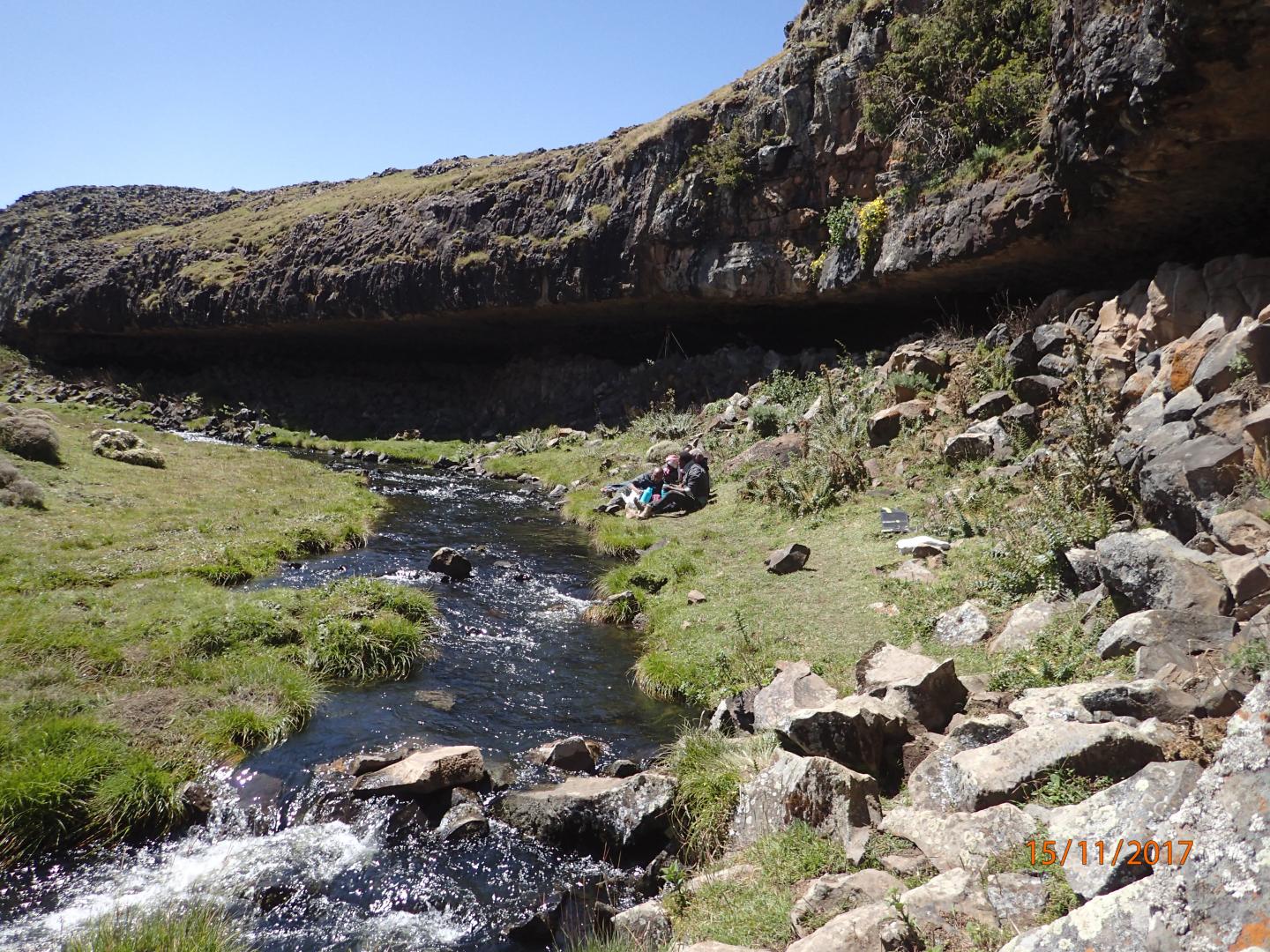

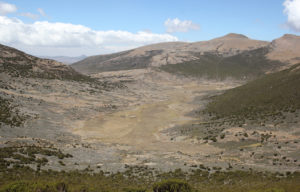
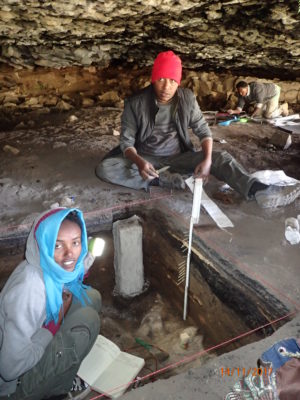
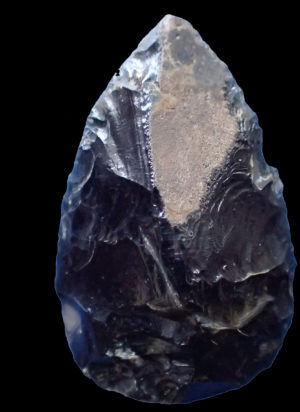
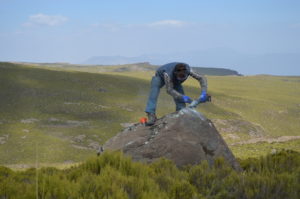

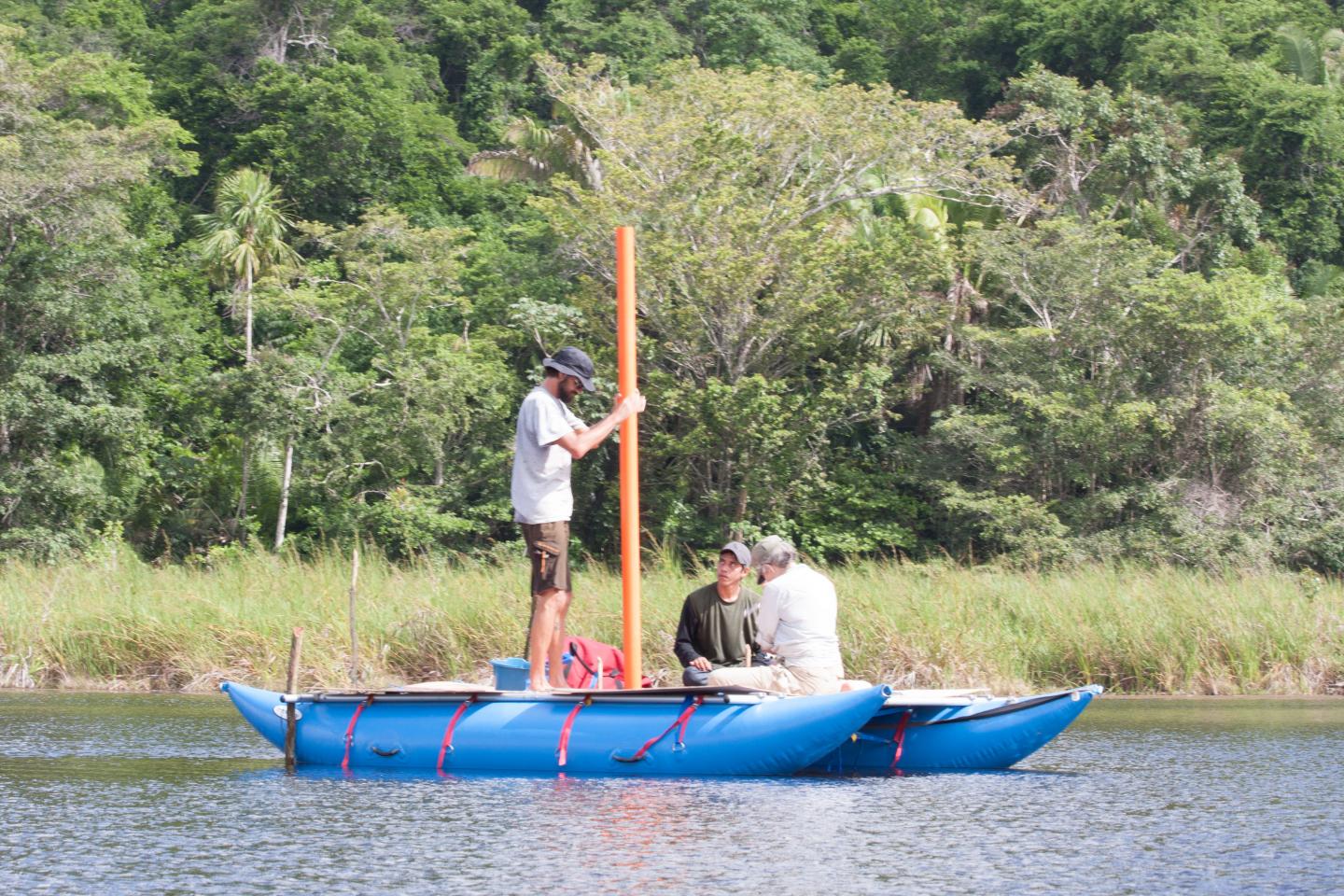
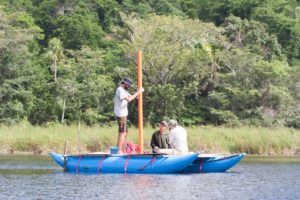
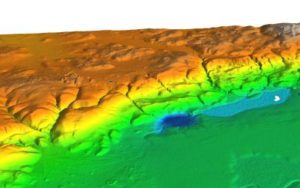
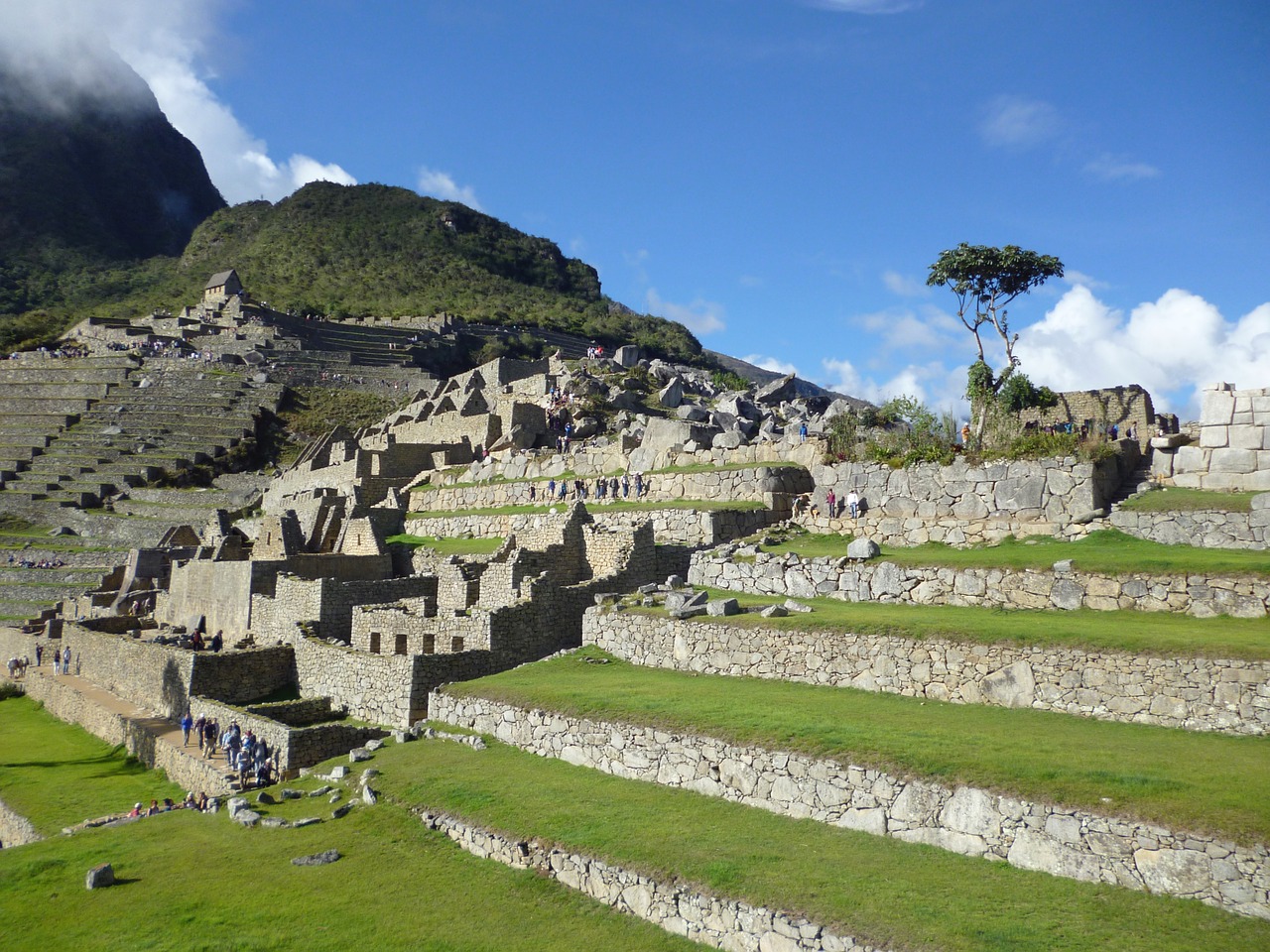
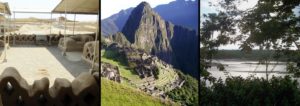
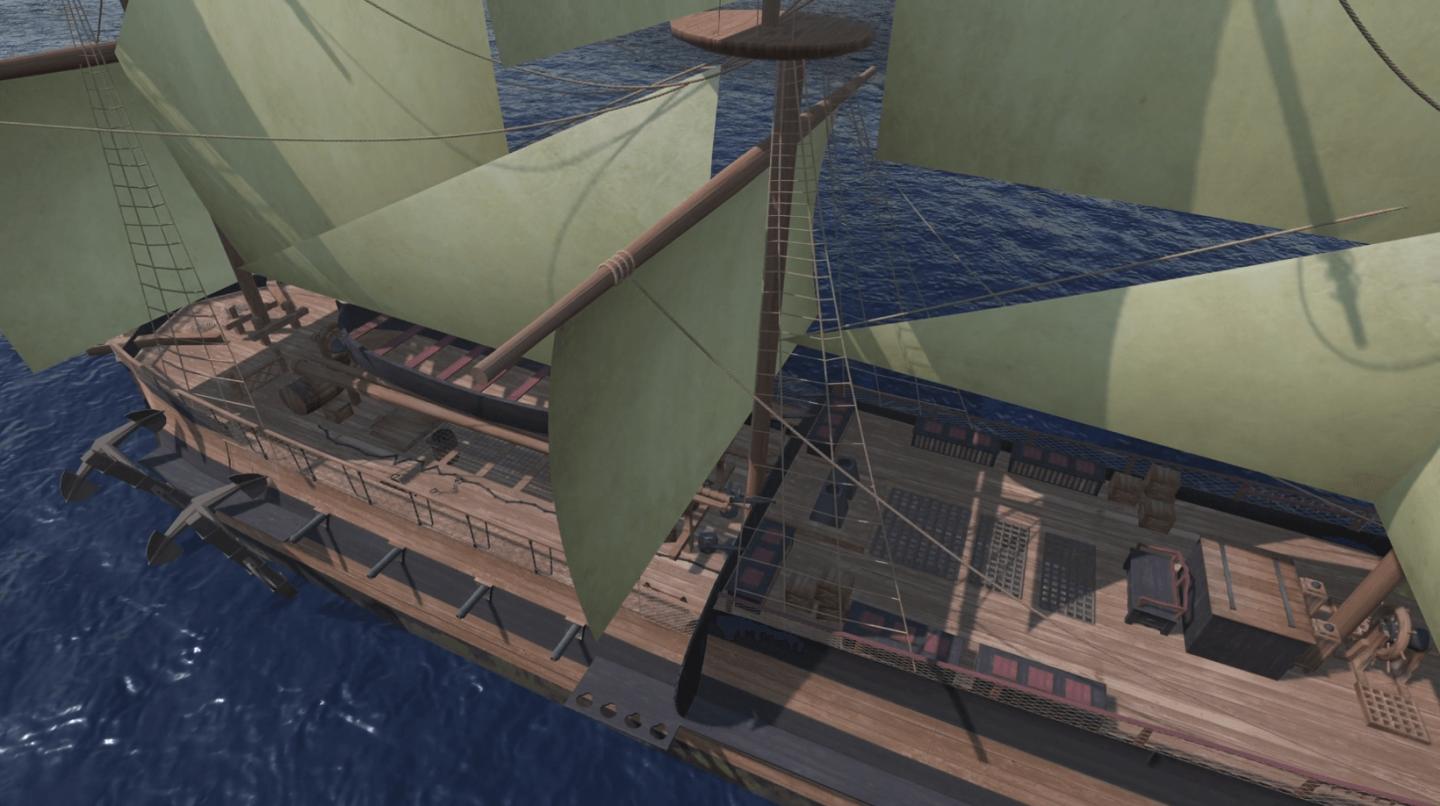
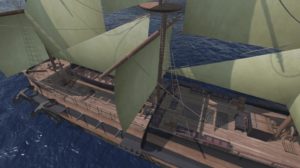
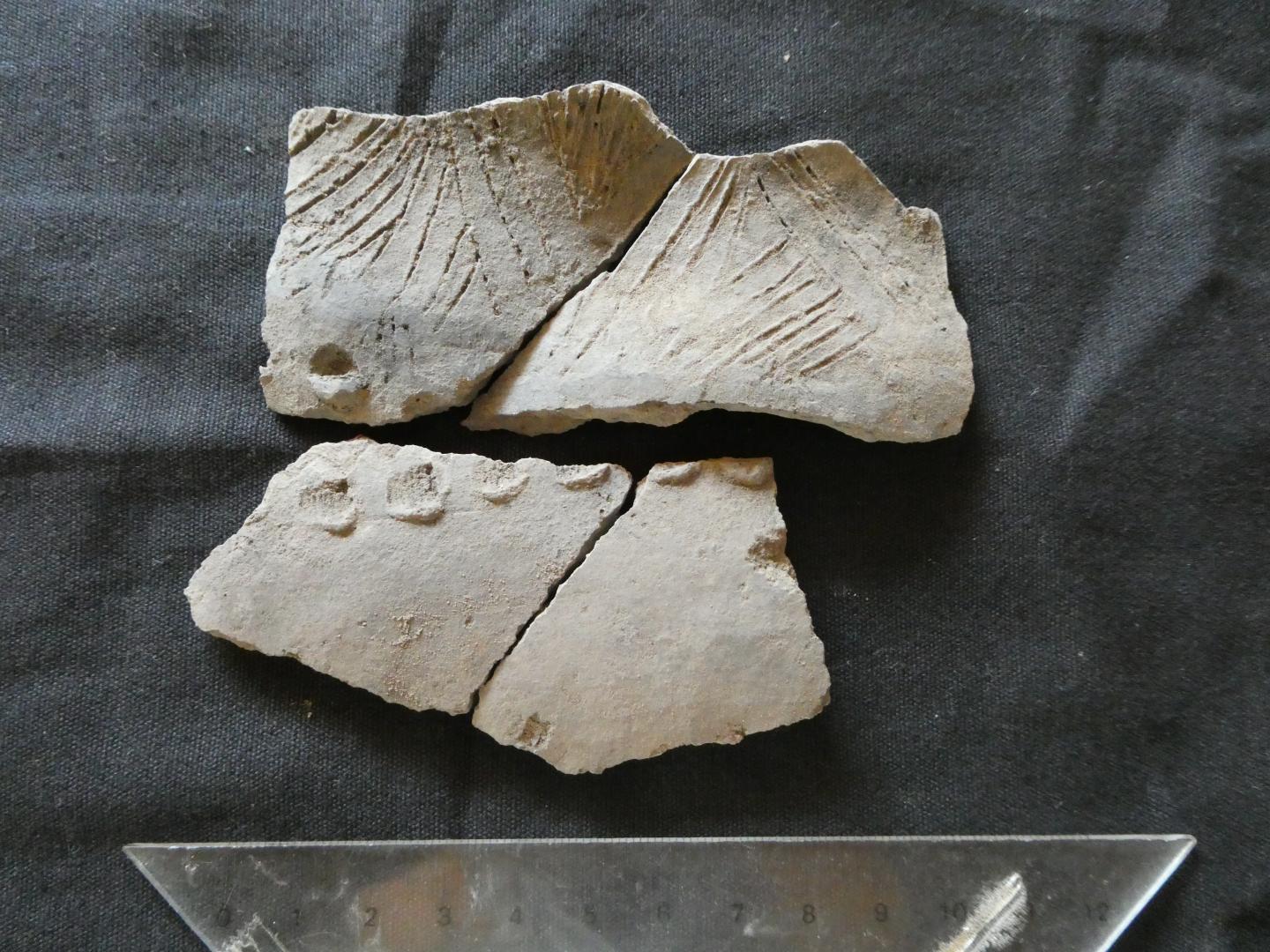
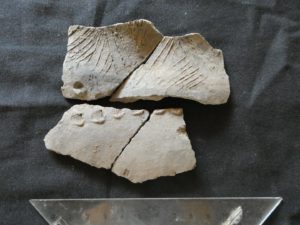
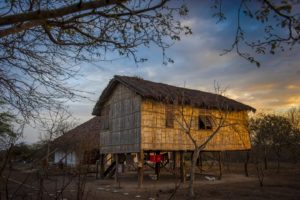
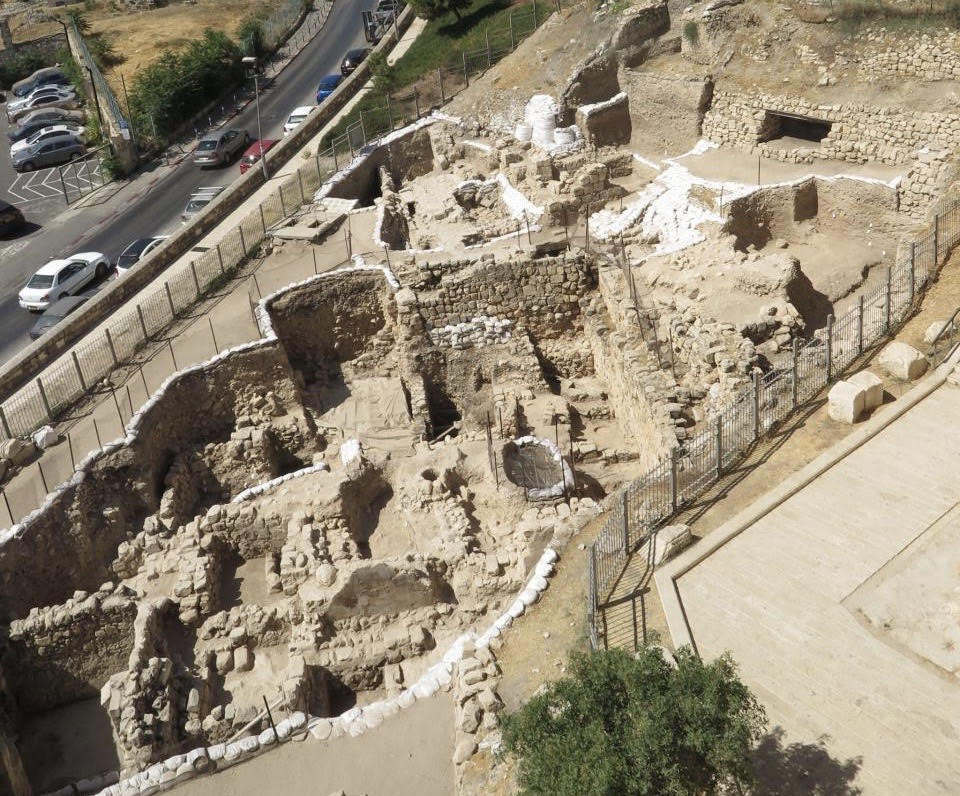
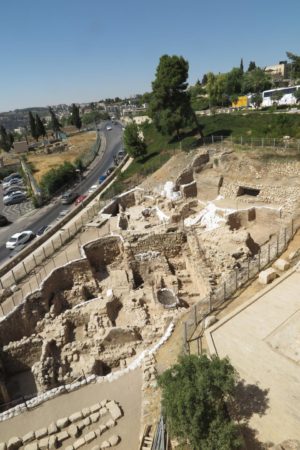
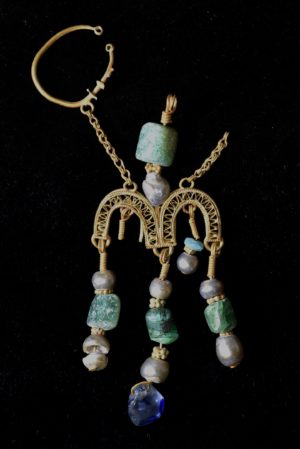
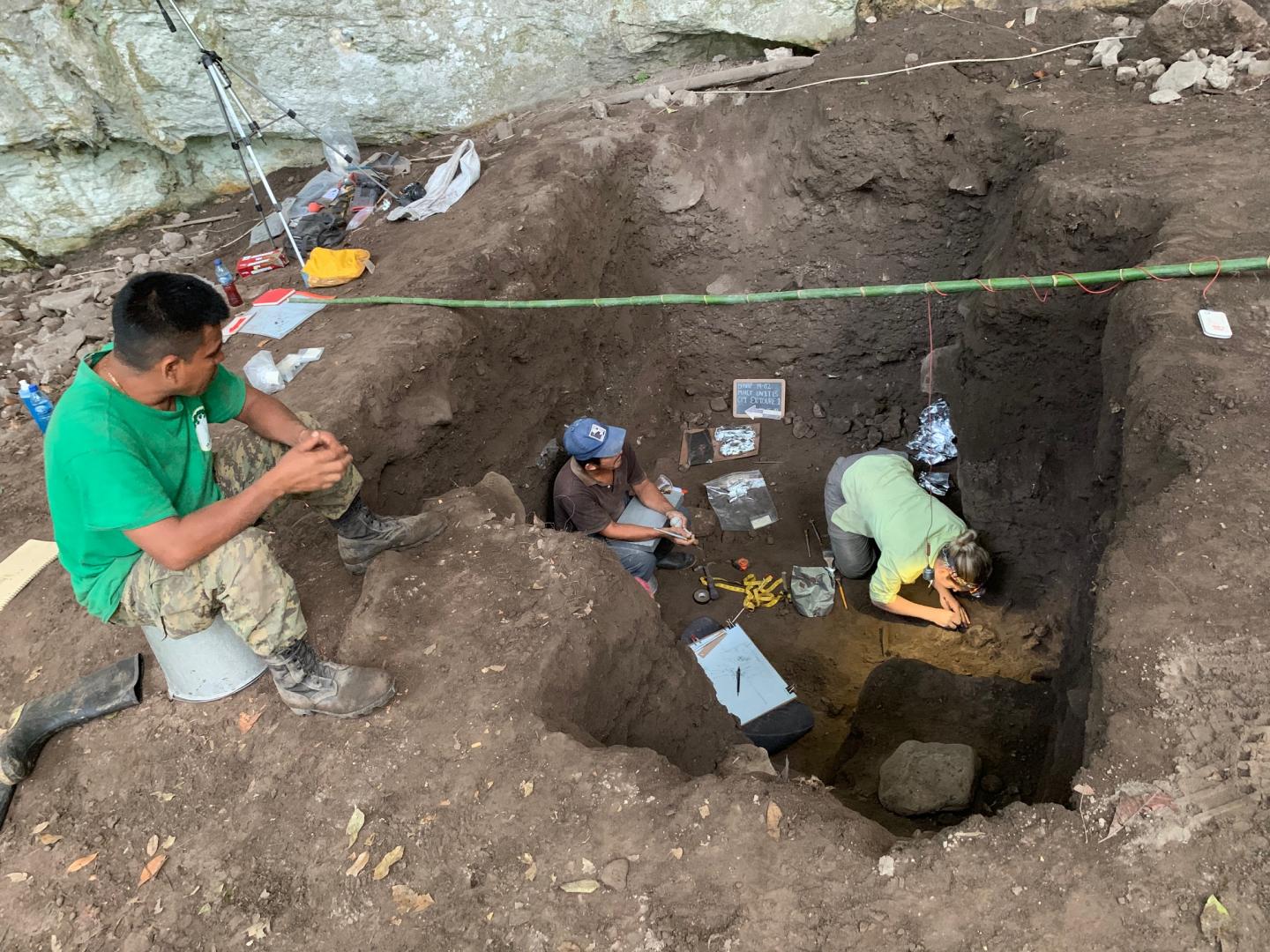
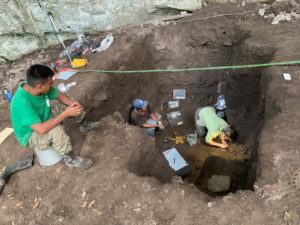
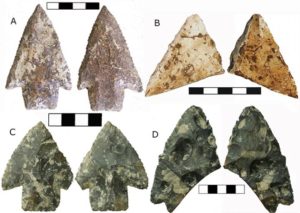


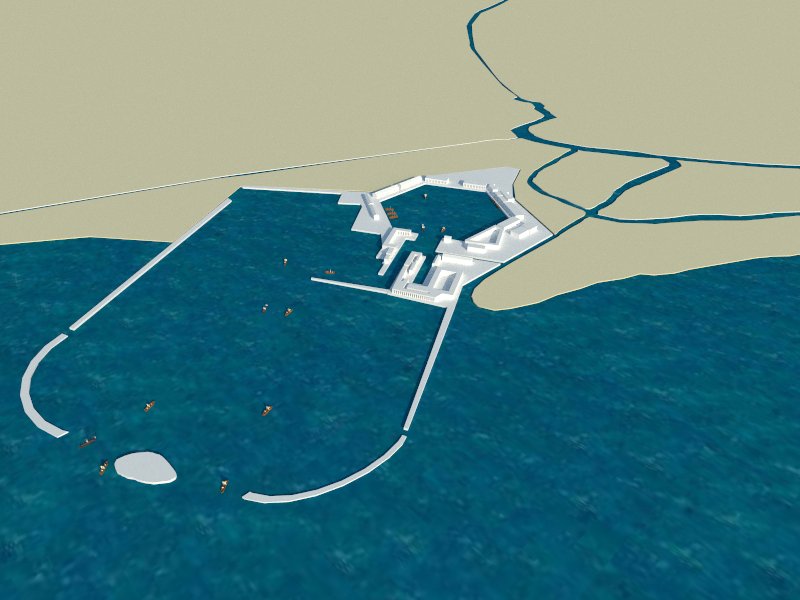
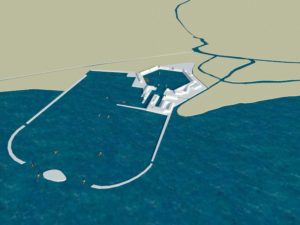
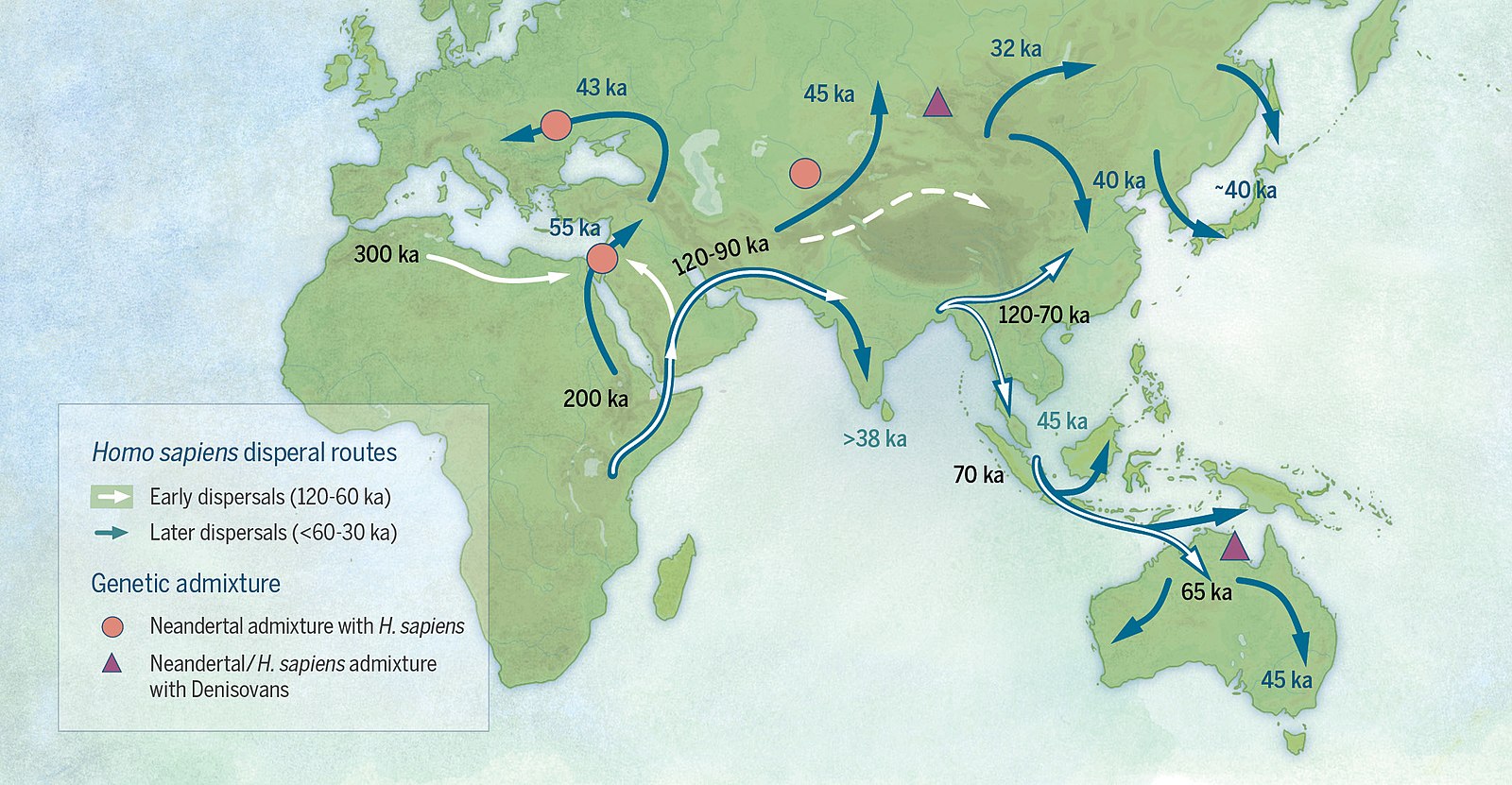
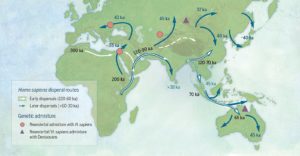
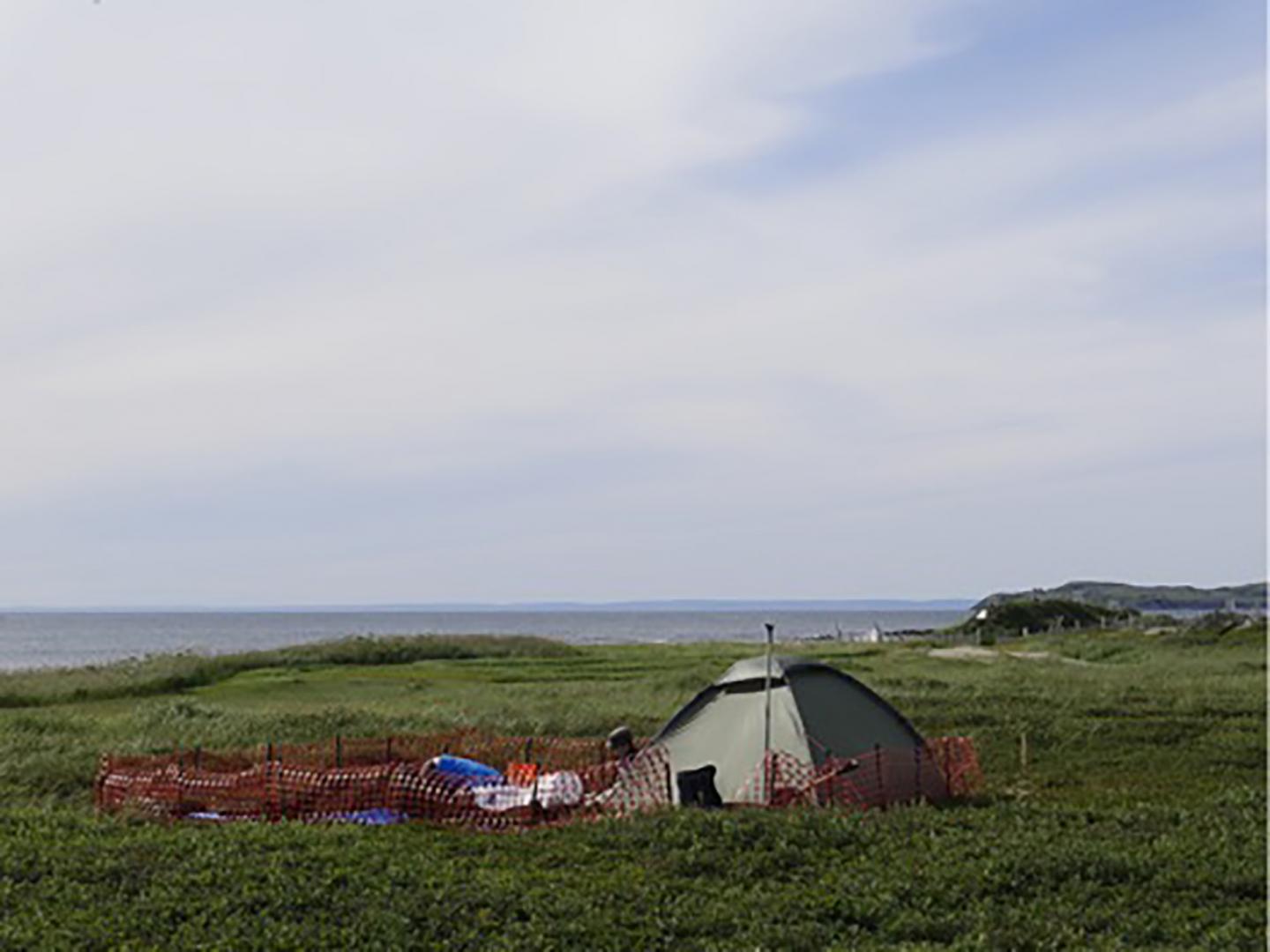
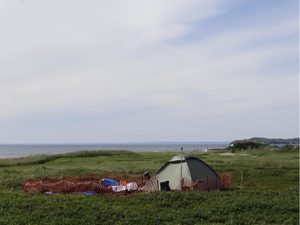
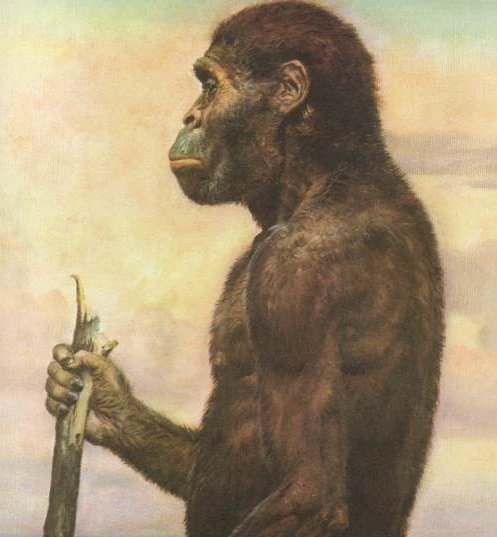
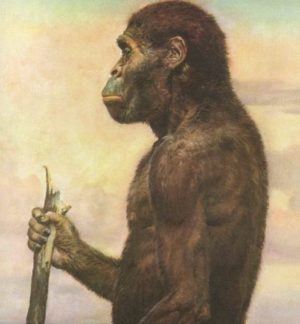
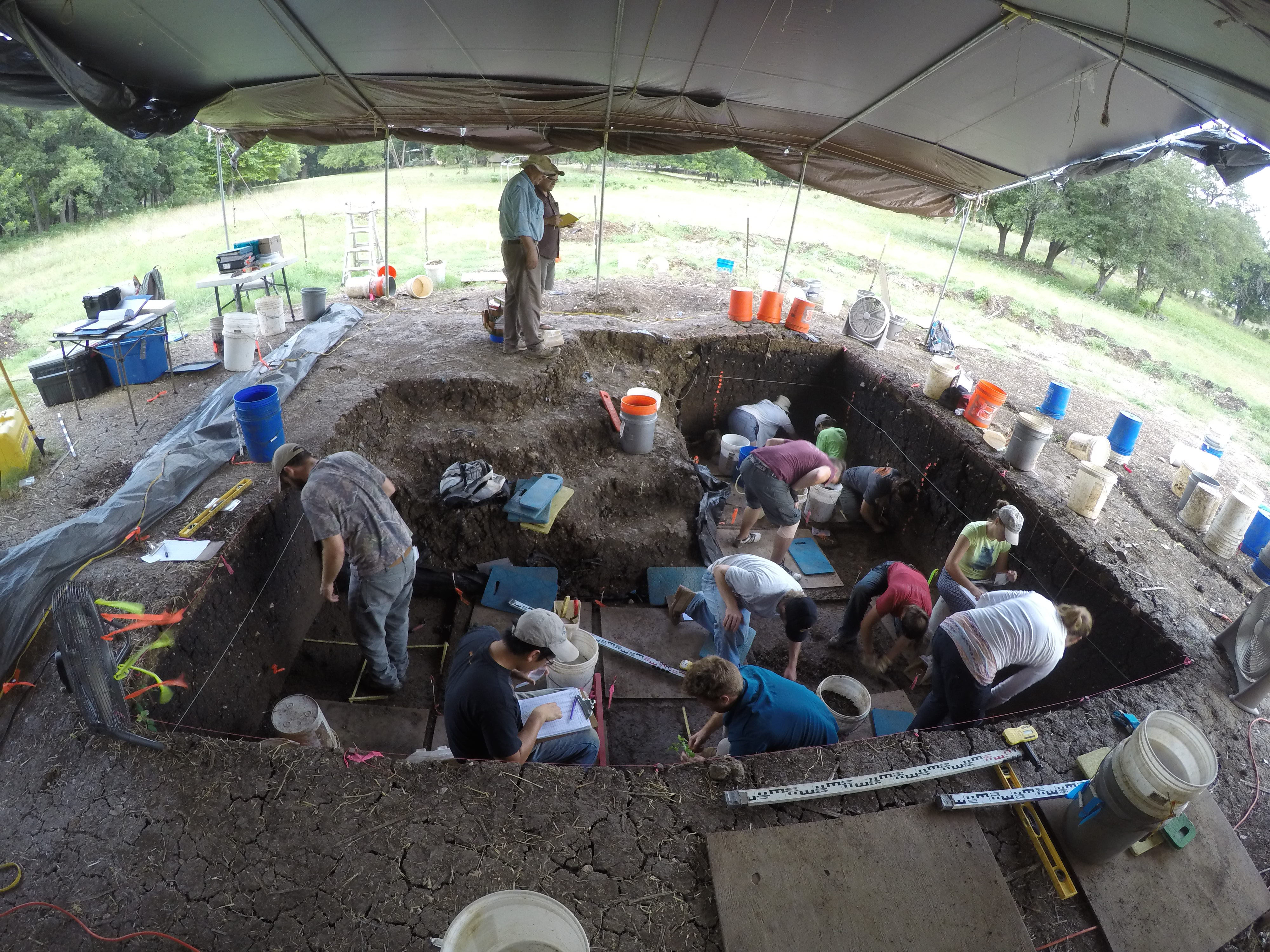

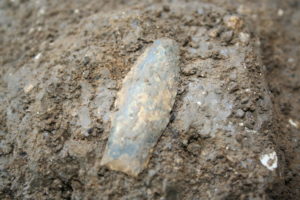

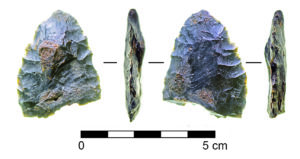
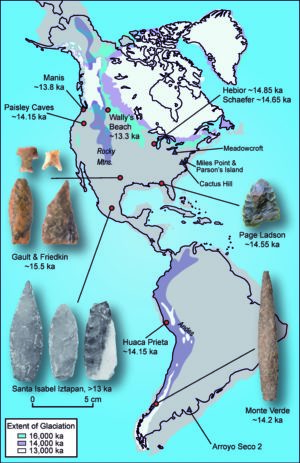
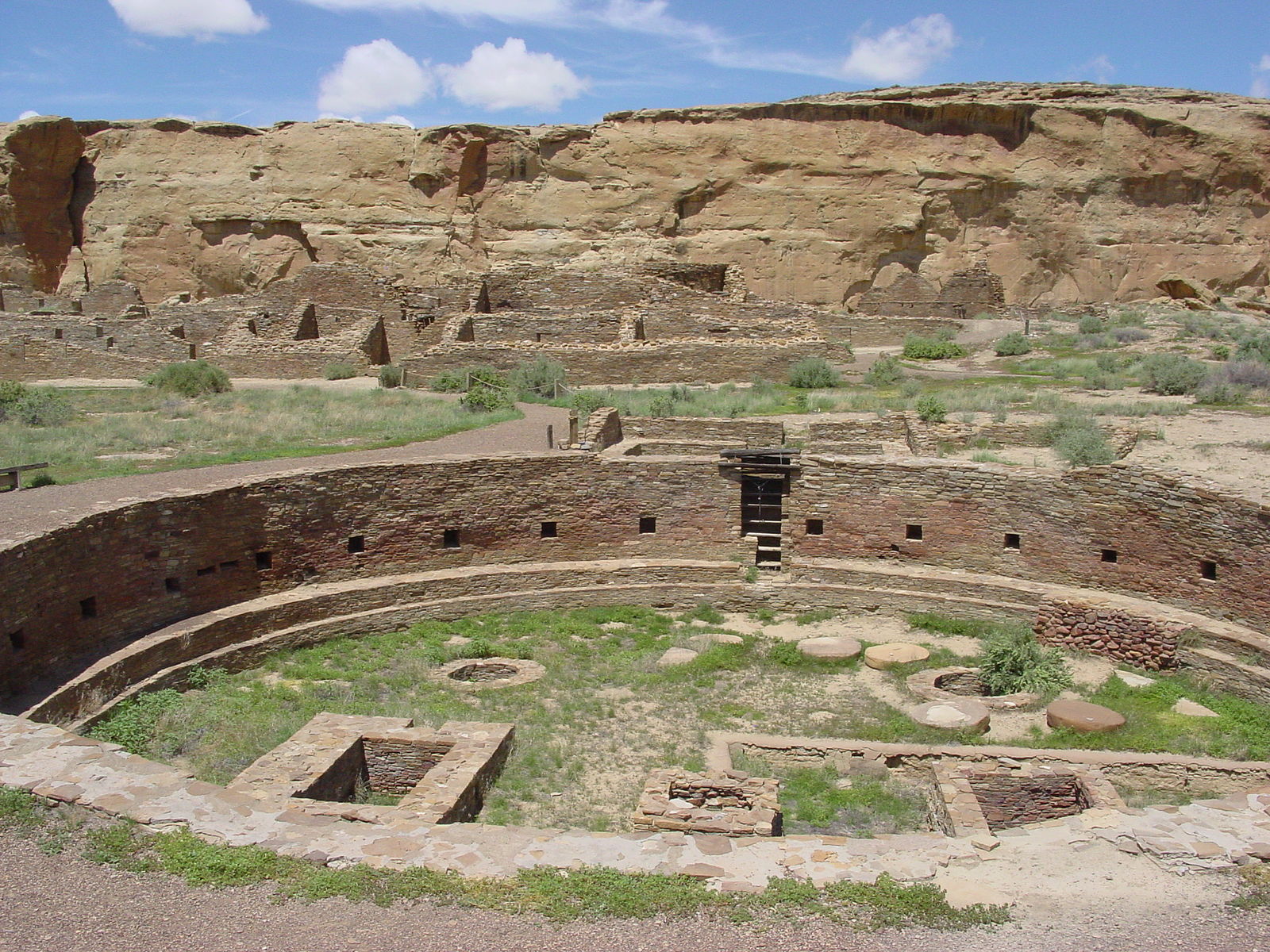
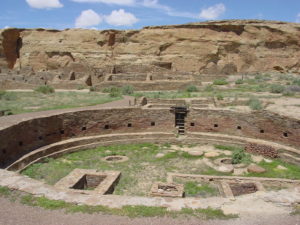
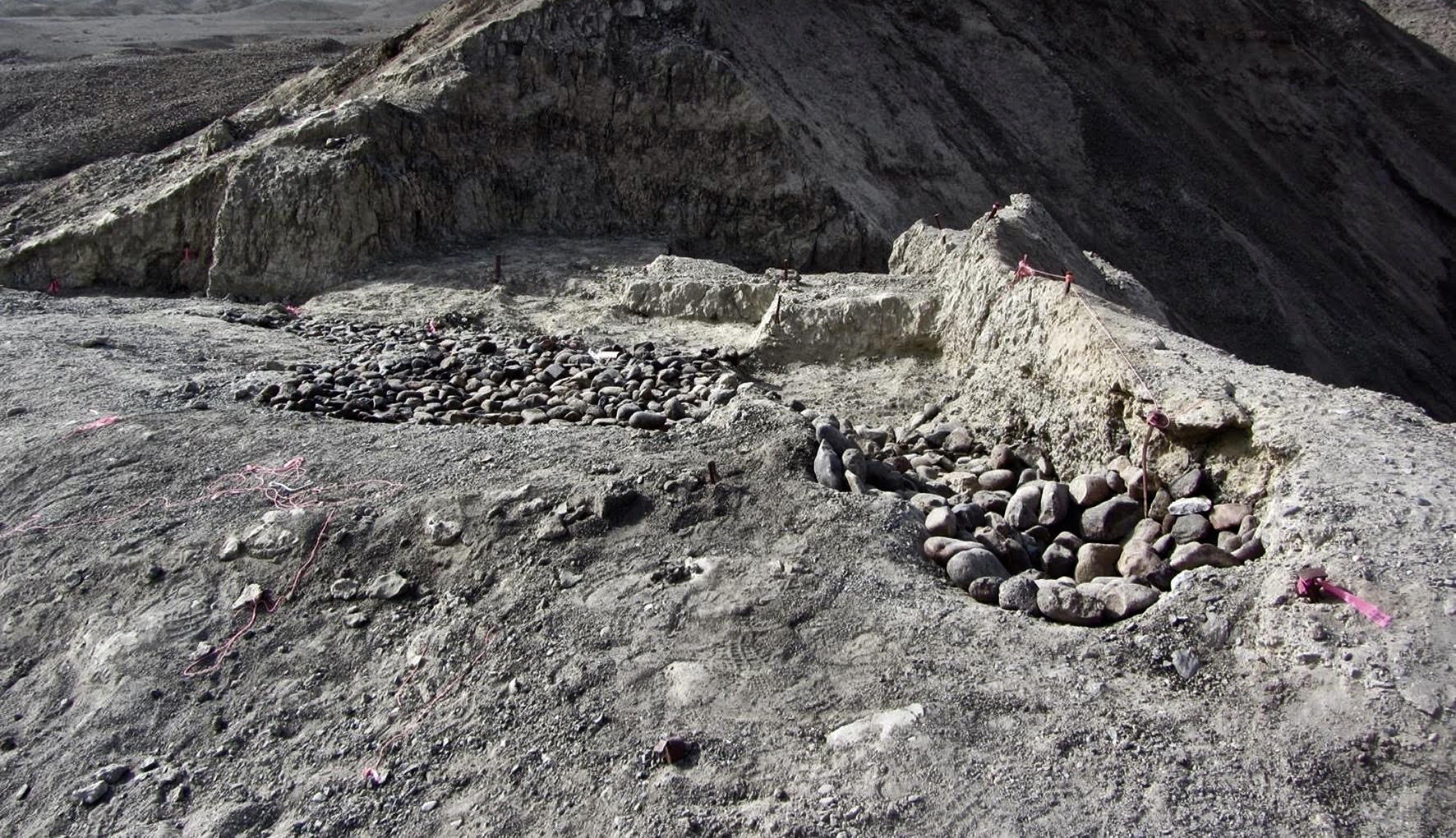

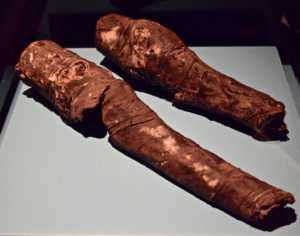
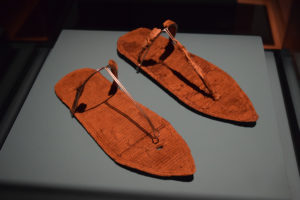
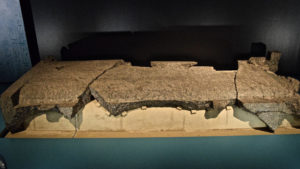


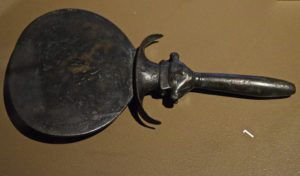


 From MASADA: From Jewish Revolt to Modern Myth by Jodi Magness. Copyright © 2019 by Princeton University Press. Reprinted by permission
From MASADA: From Jewish Revolt to Modern Myth by Jodi Magness. Copyright © 2019 by Princeton University Press. Reprinted by permission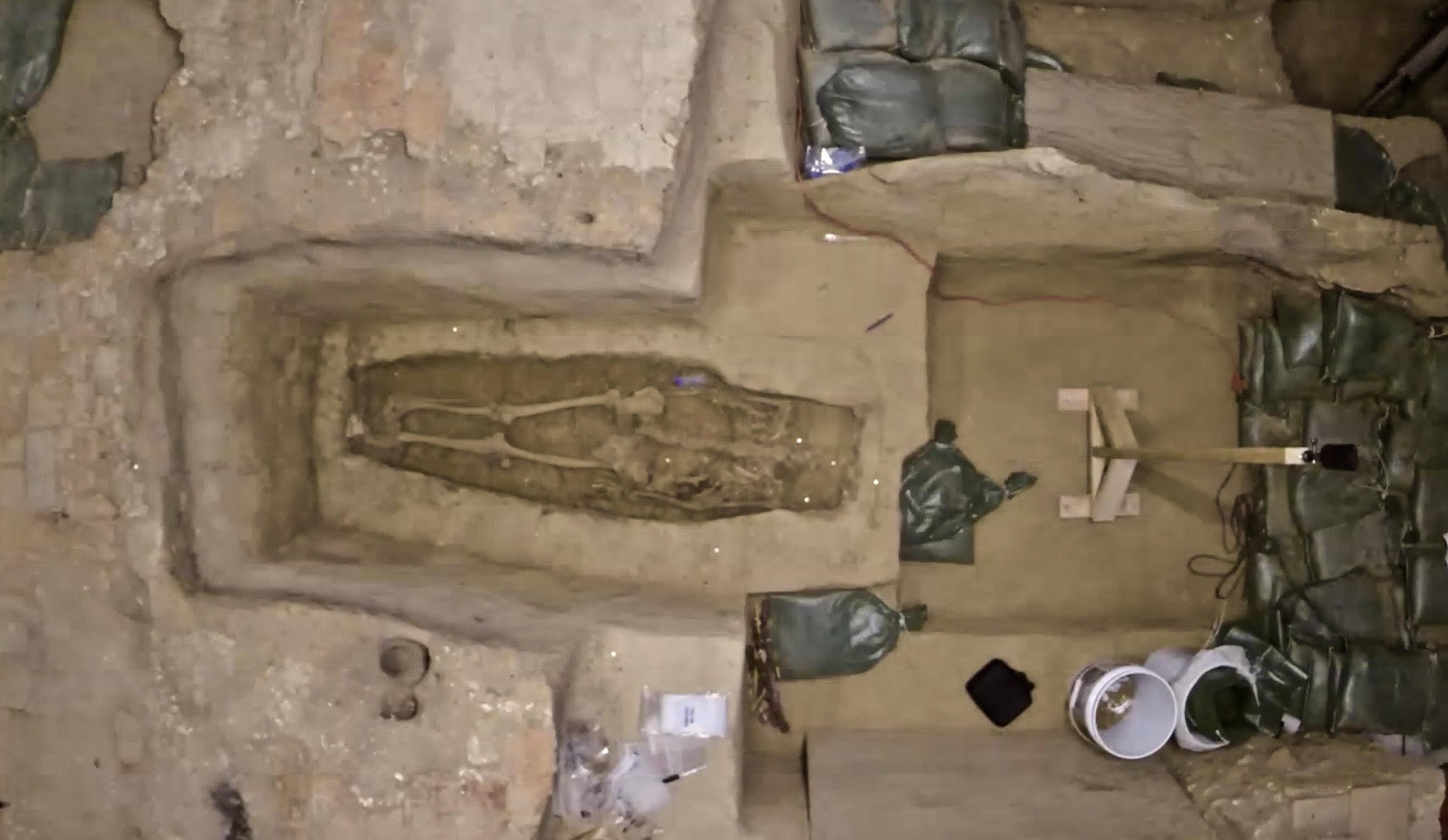
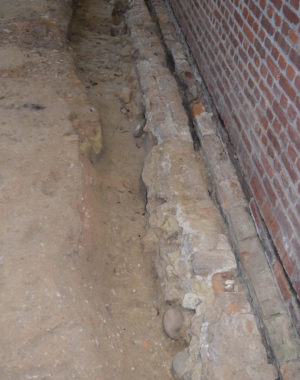
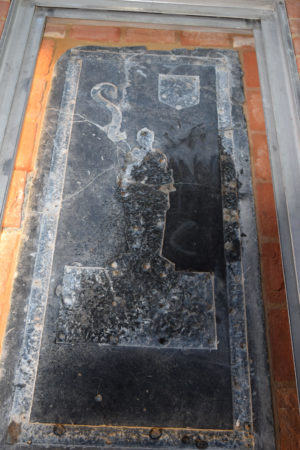
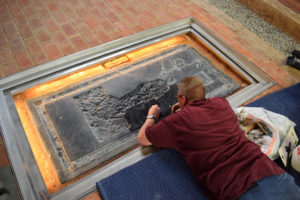
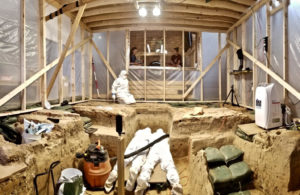
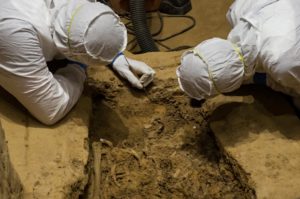
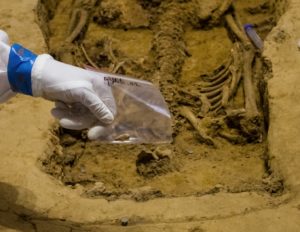
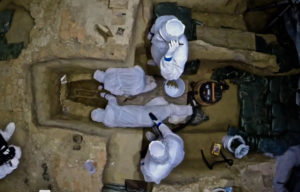
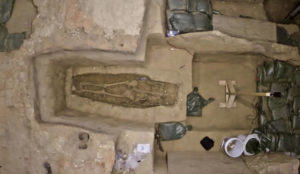
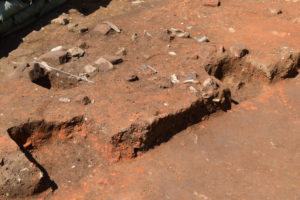
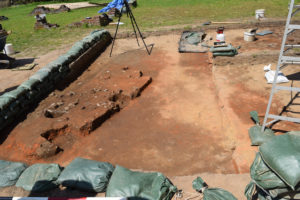
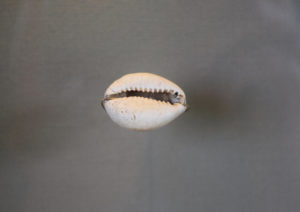

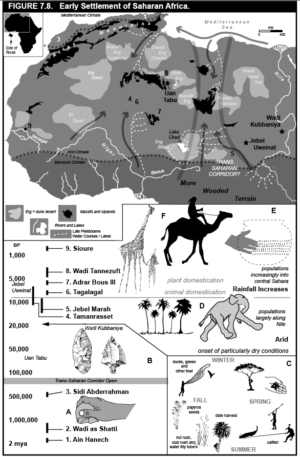
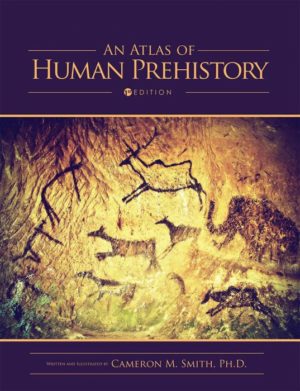 From An Atlas of Human Prehistory by Cameron Smith. Copyright © 2019 by Cognella, Inc. Republished by permission.
From An Atlas of Human Prehistory by Cameron Smith. Copyright © 2019 by Cognella, Inc. Republished by permission.